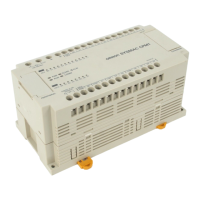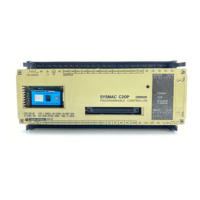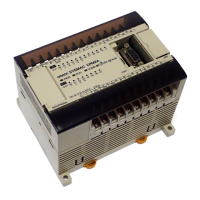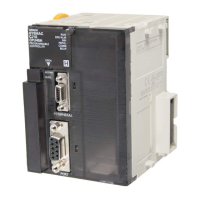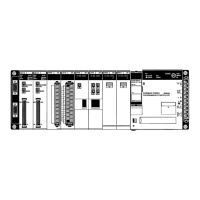Glossary
599
and OFF. A bit represents one binary digit. Some bits at particular addresses are
allocated to special purposes, such as holding the status of input from external
devices, while other bits are available for general use in programming.
bit address The location in memory where a bit of data is stored. A bit address specifies the
data area and word that is being addressed as well as the number of the bit with-
in the word.
bit designator An operand that is used to designate the bit or bits of a word to be used by an
instruction.
bit number A number that indicates the location of a bit within a word. Bit 00 is the rightmost
(least-significant) bit; bit 15 is the leftmost (most-significant) bit.
bit-control instruction An instruction that is used to control the status of an individual bit as opposed to
the status of an entire word.
block See
logic block
and
instruction block
.
buffer A temporary storage space for data in a computerized device.
building-block PC A PC that is constructed from individual components, or “building blocks.” With
building-block PCs, there is no one Unit that is independently identifiable as a
PC. The PC is rather a functional assembly of Units.
bus A communications path used to pass data between any of the Units connected
to it.
bus bar The line leading down the left and sometimes right side of a ladder diagram. In-
struction execution proceeds down the bus bar, which is the starting point for all
instruction lines.
bus link A data link that passed data between two Units across a bus.
byte A unit of data equivalent to 8 bits, i.e., half a word.
call A process by which instruction execution shifts from the main program to a sub-
routine. The subroutine may be called by an instruction or by an interrupt.
Carry Flag A flag that is used with arithmetic operations to hold a carry from an addition or
multiplication operation, or to indicate that the result is negative in a subtraction
operation. The carry flag is also used with certain types of shift operations.
central processing unit A device that is capable of storing programs and data, and executing the instruc-
tions contained in the programs. In a PC System, the central processing unit ex-
ecutes the program, processes I/O signals, communicates with external de-
vices, etc.
channel See
word
.
character code A numeric (usually binary) code used to represent an alphanumeric character.
checksum A sum transmitted with a data pack in communications. The checksum can be
recalculated from the received data to confirm that the data in the transmission
has not been corrupted.
CIO Area A memory area used to control I/O and to store and manipulate data. CIO Area
addresses do not require prefixes.
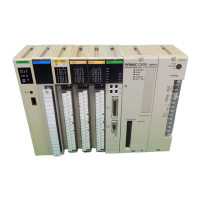
